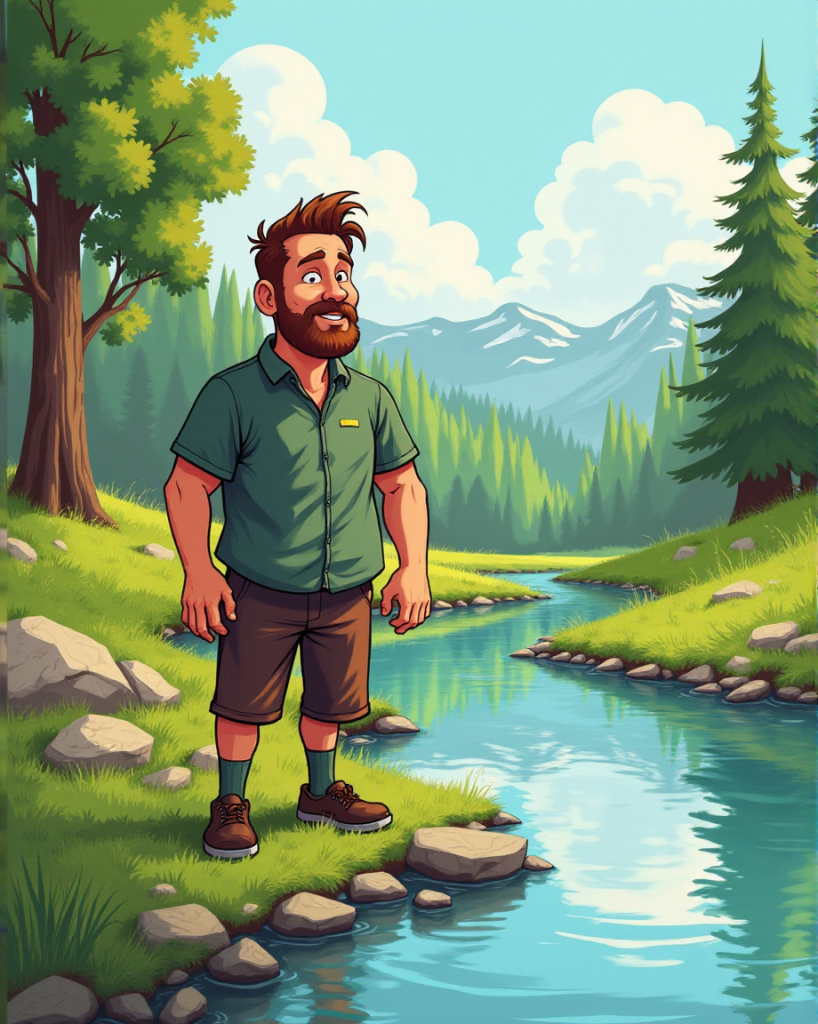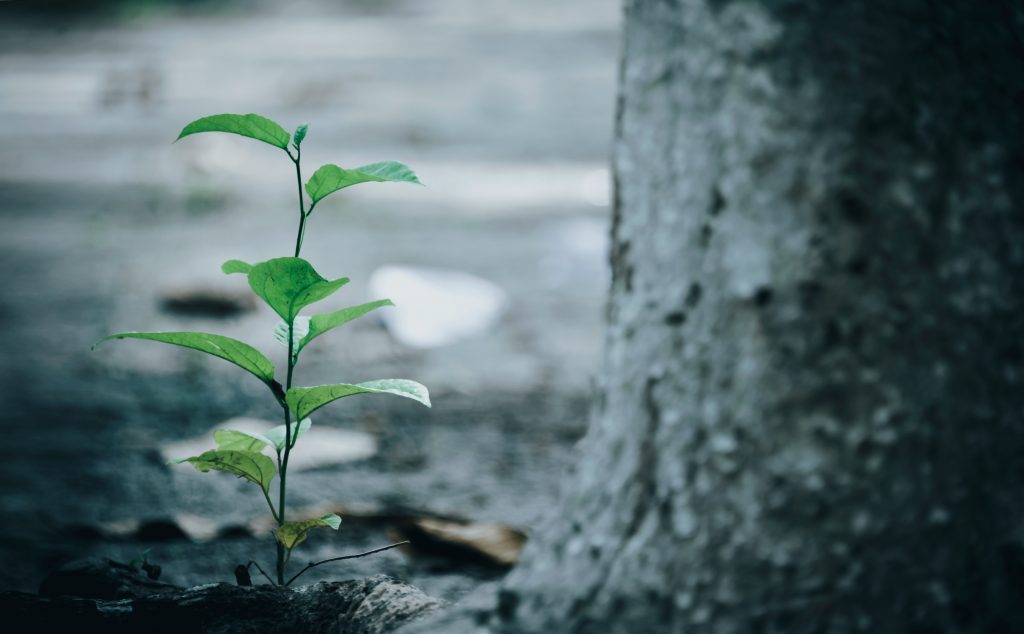I was still a child. But even if I had been older, I would not have been able to say how the carp might have explained his peculiar journey. Some friends of mine had played a trick on him. They secretly fished him out of his pond by night with a net. They carried him in a bucket for kilometers through forest and field. The swimming pool in my parents’ garden was supposed to be his new home. I must admit: we were pretty astonished when we saw him swimming his rounds in the pool water.
It was in September. The water was no longer chlorinated. There was no longer much competition between fish and man, and so Ludwig, as we named him, was allowed to stay for the time being. Winter came, and with it a thick layer of ice. But with the coming of spring it was time to change the water. Ludwig had survived the winter well. The family council decided to bring him home. Once again, Ludwig was loaded into a bucket. An empty paint bucket was the biggest suitable container we found. We brought him through the forest and fields back to his friends and family. Ludwig turned his circles in the bucket. Pretty small circles, because Ludwig had grown over the winter, and an old paint bucket is no mansion for such a carp. Aside from that, he sloshed out more than half the water along the way. But finally we were there. A swing of the bucket and Ludwig landed again in his pond with his old acquaintances. What he did then surprised us: Ludwig swam his rounds there, indeed so, as if he found himself not in his pond, but in a small bucket. He swam six or seven circles, with a circumference of not even half a metre. Then the circles became a spiral, first narrow, then wider and wider. Finally Ludwig realised where he was. In one long, straight line, he shot out of his bucket carousel.


